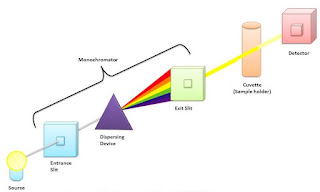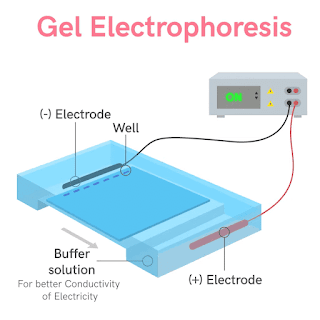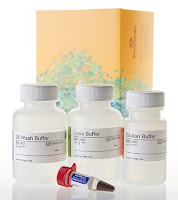DNA Quantitation: Definition and Methods Involved
What is DNA Quantitation?
DNA quantitation is a process in which the quantity of DNA extracted is estimated. It is important to know the quantity of DNA because it helps in DNA purifying and performing PCR. Aiding too little DNA will result in a profile that is difficult to analyze.
Methods of DNA Purification
1. Spectrophotometry
DNA absorbs light maximally at 260 nm. This helps in estimating the amount of DNA by measuring the absorbance of light at wavelengths ranging from 220 nm to 300 nm.
In this method, the DNA sample is placed in a quartz cuvette and the absorbance is measured against the standard sample.
Moreover, fluorescent dyes (Ethidium Bromide) can also be used for DNA quantization using spectrometry. These dyes interact with double-standard DNA and produce fluorescence which is detected by spectrophotometer.
2. Agorose Gel electrophoresis
This method is used for the separation of DNA fragments as well as DNA quantitation.
In this method, Agarose gel (10 cm) long is submerged in electrophoresis buffer and the DNA is loaded into wells that are formed using a comb.
When an electric current is applied across the gel, the negatively charged DNA migrates toward the anode. This method is based on the fact that smaller DNA molecules move through gel more quickly than larger DNA molecules.
A dye named Ethidium Bromide is also added before this technique on the DNA fragments to be visualized.
Finally, these DNA fragments are matched with a DNA ladder that will tell us the concentration of each band.
3. Slot blot technique
This is a different method of quantitation of DNA which is based on the specific hybridization of a 40 bp probe that binds to the human alpha satellite locus D17Z1.
By this technique, DNA is quantified by Visual Comparison of sample band intensities with the band intensities of standards, produced from a known amount of DNA.
4. Real Time-PCR
This is the latest method for DNA quantitation first developed by Higuchi and his co-workers.
In this technique, a fluorescent dye ethidium bromide is intercalated into the DNA fragments and it accumulates during the PCR process. It produces fluorescences in UV light and can be detected using a suitable camera.
DNA quantitation can be done by targeting any specific sequence of template DNA. Some RT-PCR kits are HY Plexor by Promega and Quantifiler Systems by Applied Biosystems.
5. DNA IQ™ Systems
DNA IQ™ system by Promega corporation can also be used for DNA quantization. It first extracts the DNA from the sample and then DNA is eluted to know the maximum concentration.
It has the advantage of combining the extraction and quantification steps but has the disadvantage of not being human-specific.






